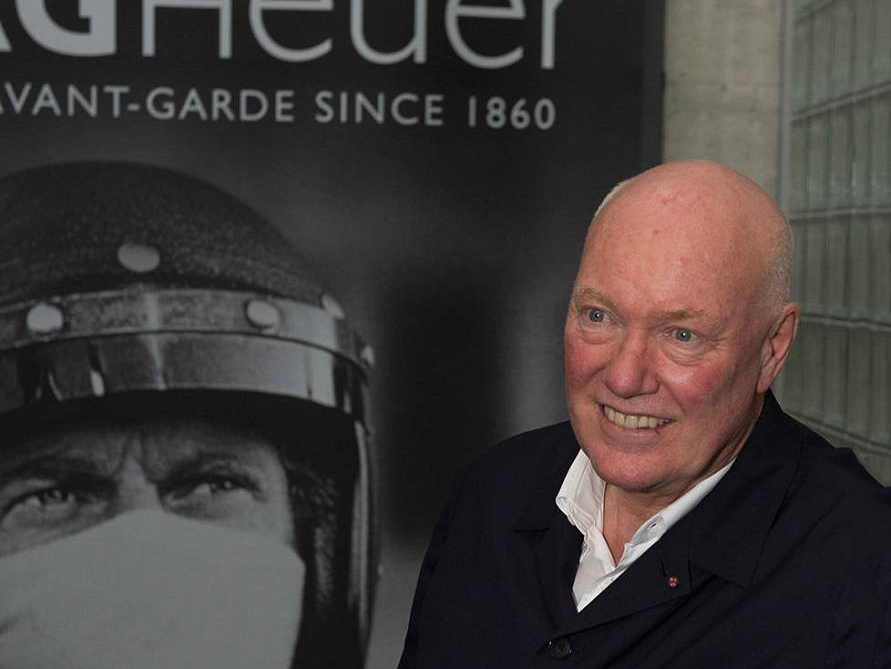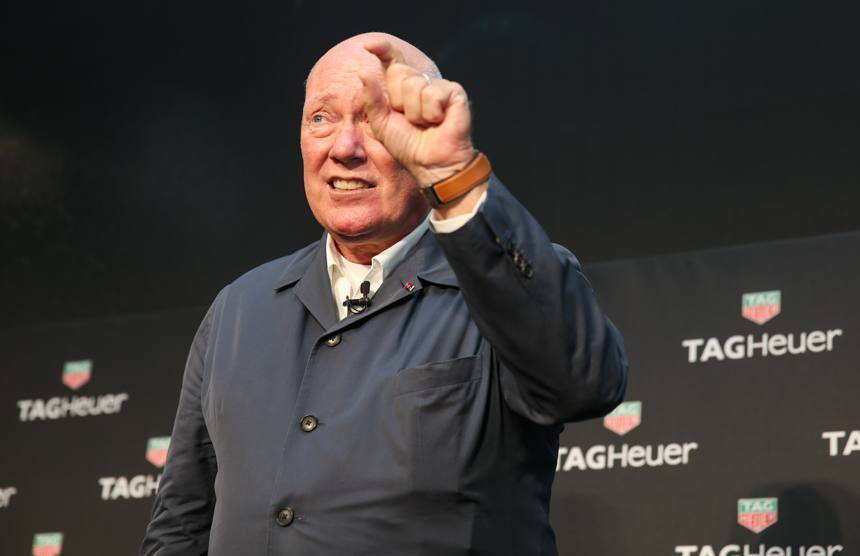
Ariel Adams (AA): In the past when speaking about the development of the TAG Heuer Connected smartwatch, you made it clear that when it came to making an electronic technology product, you found yourself in unfamiliar territory. Soon, TAG Heuer will be unveiling its follow-up smartwatch product that builds on the success of the original TAG Heuer Connected. Do you still feel like the smartwatch industry is unfamiliar territory to you? How comfortable are you in this new world that is related to traditional watches, but clearly very different. Please explain.
Jean-Claude Biver (JCB): Our partnership with Intel and Google enabled us to feel considerably more comfortable with a technology that just 24 months ago we were not familiar with. Today, I must admit that we feel quite familiar with modern electronics technology and feel also very confident about our future with it. Actually, we already have six people from TAG Heuer dedicated to the Connected watch who are located in Silicon Valley, and we will have six additional people at that office very soon.
More so, the support of Intel has been instrumental and has enabled us to build an assembly line of 50 people for our Connected Watch in Switzerland, which I consider as a very important transfer from them to us of technological know-how. This means that TAG Heuer can now assemble smartwatches ourselves and we do not need to rely exclusively on suppliers. This fact not only affords us autonomy but allows us to have the first Swiss-Made Connected smartwatch product on the market.
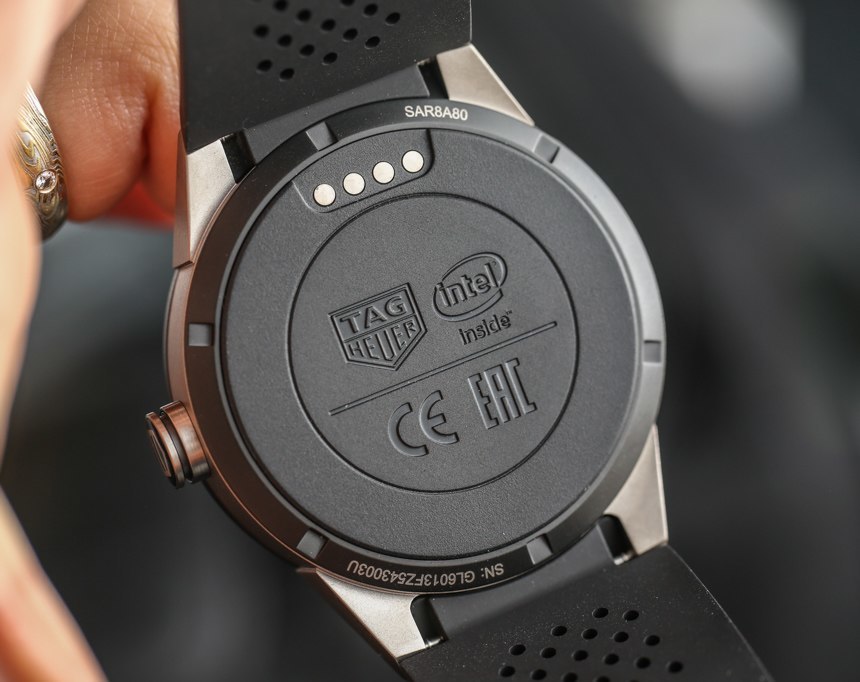
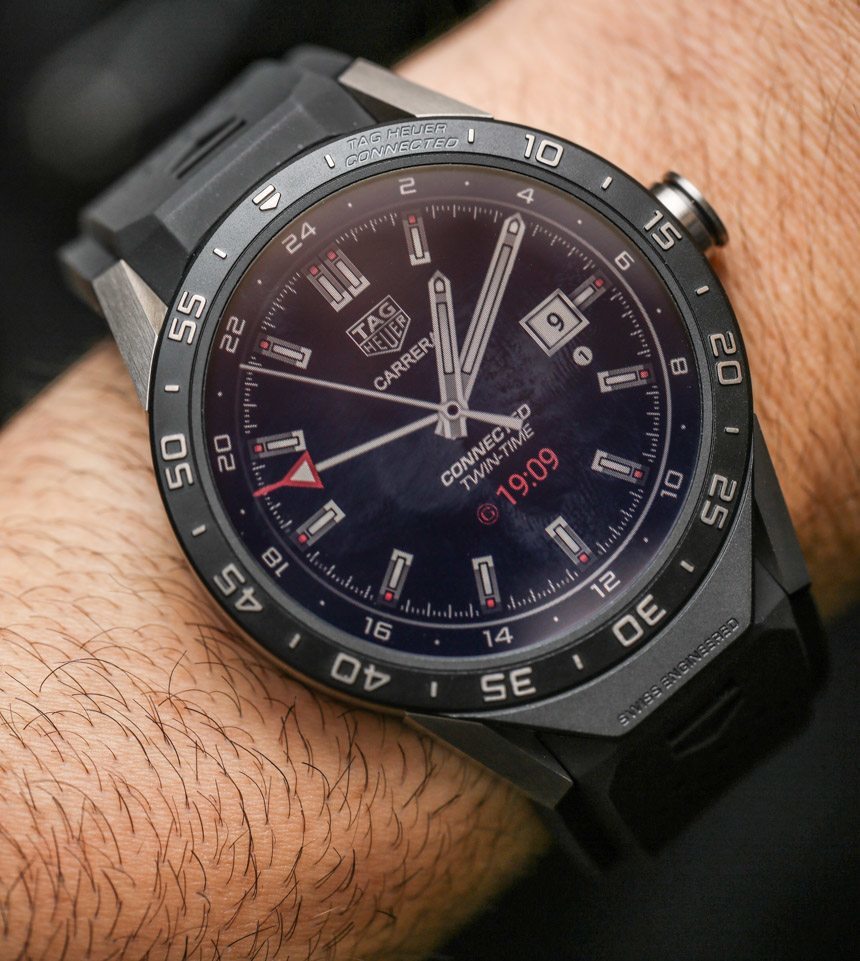 AA: TAG Heuer underestimated the market demand that the original Connected watch experienced. But it wasn’t the first electronic product produced by the brand. What went so well with the TAG Heuer Connected smartwatch that may have similarities with past technology products such as TAG Heuer mobile phones?
AA: TAG Heuer underestimated the market demand that the original Connected watch experienced. But it wasn’t the first electronic product produced by the brand. What went so well with the TAG Heuer Connected smartwatch that may have similarities with past technology products such as TAG Heuer mobile phones?
JCB: The TAG Heuer Carrera Connected Watch was successful because of the incredible quality and performance of the watch thanks to the giant and extraordinary support of Intel. Without Intel this project would not have been possible. Not only do we have the best quality, but on top of that we have all the latest updates and avant-garde technology, which makes our Connected Watch 100% comparable with the best products on the market. The difference between the TAG Heuer phone we used to have a few years ago is in production and reliance on others. The phones were entirely produced outside of TAG Heuer, and it is totally different to buy a finished product from a supplier versus having a close collaboration with the world’s leader in microprocessors (Intel).
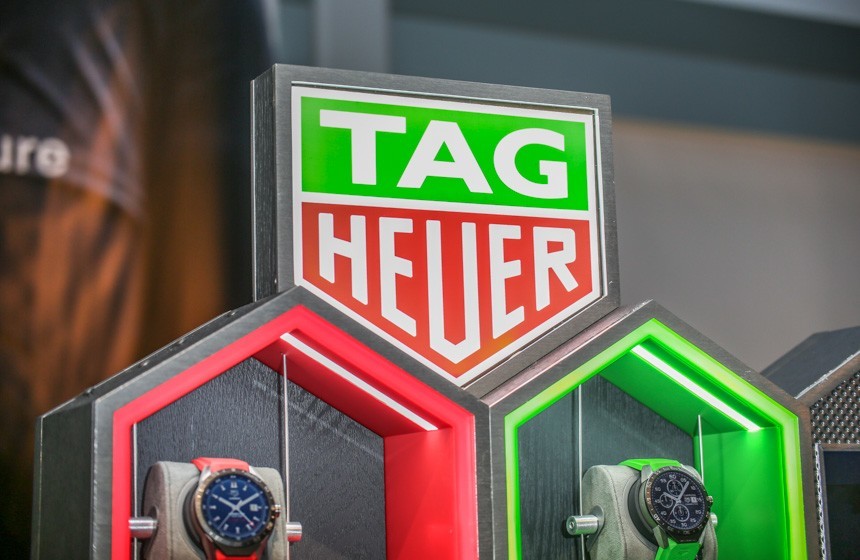
AA: Are supply chain economics and production logistics for smartwatches similar to traditional mechanical watches? What kinds of things did you and TAG Heuer learn in making a technology-focused watch as opposed to a traditional watch? Now that you have experience in producing both mechanical and connected smartwatches, which offers fewer production headaches as a manager?
JCB: The supply chain economics and production logistics for smartwatches are totally different in quantities and delivery numbers than for traditional mechanical watches. Everything for smartwatches must be on a different scale. Electronic technology products are also so much less flexible in terms of production, and you have to plan quantities much earlier than you would with traditional watches. Now that the smartwatch production process is more mastered at TAG Heuer, we actually seem to have fewer headaches with it than we face with producing mechanical watches.
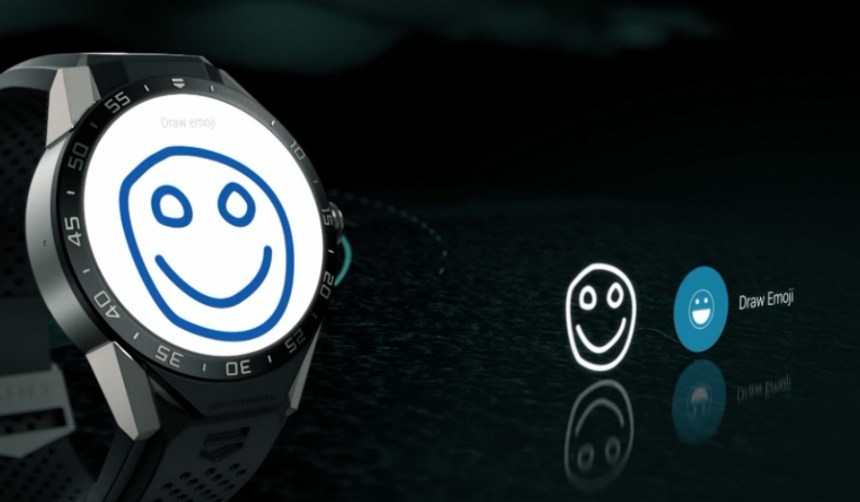
AA: Do you feel as though you now have a good understanding of what smartwatch consumers want? As a traditional watch enthusiast and collector yourself, you have a leg up on many watch industry CEOs because you love watches so much yourself. It helps you know what will resonate with consumers. Are you developing that type of mentality with smartwatches so that you know what will appeal the most to consumers?
JCB: Yes, it is essential to understand our customer. You cannot develop for a customer when you don’t know what he wants and what he expects from your product. We simply listen to their feedback. My rule is very simple; we should always remember that the customer is our “king,” and the product is our “queen.”
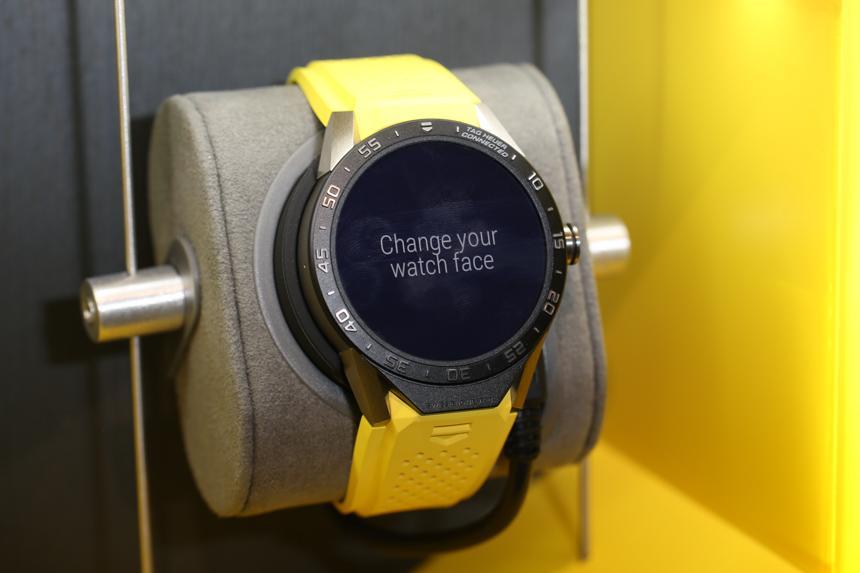
AA: Now that you have at least one solid year of experience, would you say there are lessons the traditional watch industry can learn from the budding industry that makes smartwatches?
JCB: The best lesson we have learned is that even tradition has to evolve. A notion that for some people in the industry might be counter-intuitive. We also live by the maxim of “no tradition, no future,” but at the same time, “no innovation, no future.” The implication to me is that we must artfully consider both of these rules, without focusing on one more than other. It is part of the culture that we have, and it means we need both here at TAG Heuer.
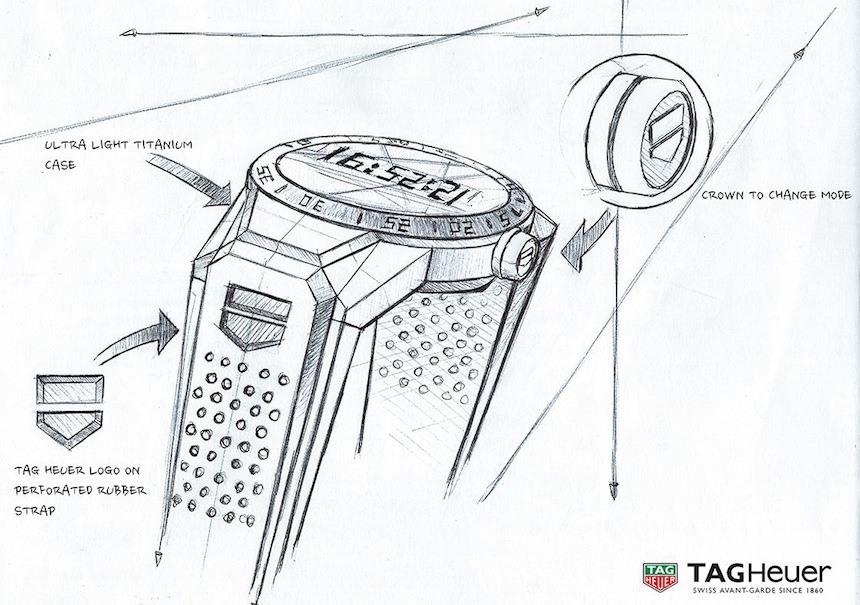
AA: We both agree that consumers buy watches they love before they buy watches they need. The difference being that unlike many other products, a positive emotional attachment to a timepiece product you wear is of paramount importance to pure respect for utilitarian purpose. How did this knowledge help you in directing the design and functionality of TAG Heuer’s original smartwatch and its upcoming sequel.
JCB: This is because we believe in the concept of “eternity on your wrist.” At TAG Heuer we had to find a solution of how to fight against obsolescence. The answer came through the modularity which we will offer in the upcoming Connected Modular watch. This enables anyone to change from an obsolete smartwatch module in his watch to a mechanical (eternal) module. It’s a genius concept, and a fantastic USP (unique selling proposition) which enables TAG Heuer to be FIRST, DIFFERENT, and UNIQUE. I also believe it is a concept that cannot be adapted by anybody else other than a watch brand like ours.
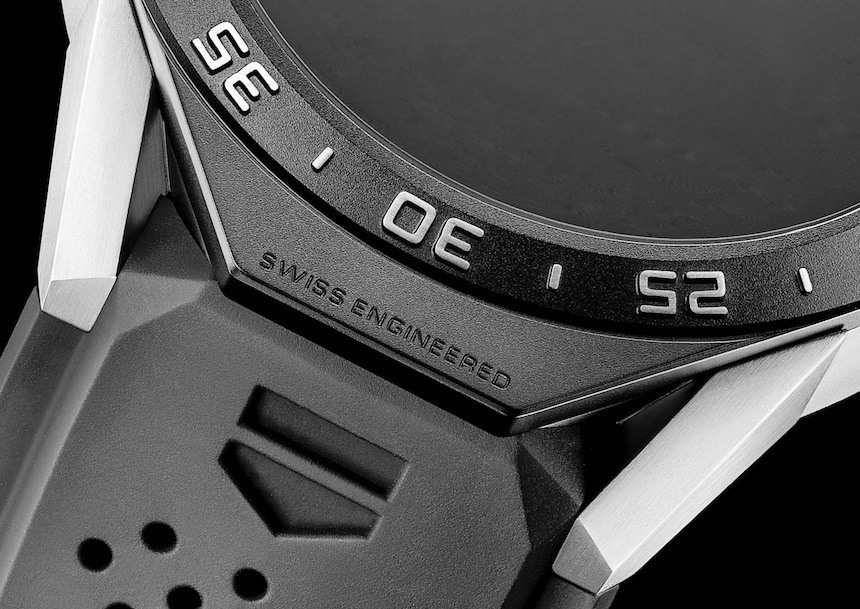
AA: Let’s talk about the Connected Modular that TAG Heuer will release on March 14, 2017. What are a few ways in which this product differs from the original Connected watch?
JCB: On March 14, 2017, we will discover how much the latest Connected Watch Modular from TAG Heuer will differ from anything that has existed before in the watch industry, as well as in the connected watch technology industry. We will finally come out with a unique selling proposition that cannot be matched by anybody other than TAG Heuer.
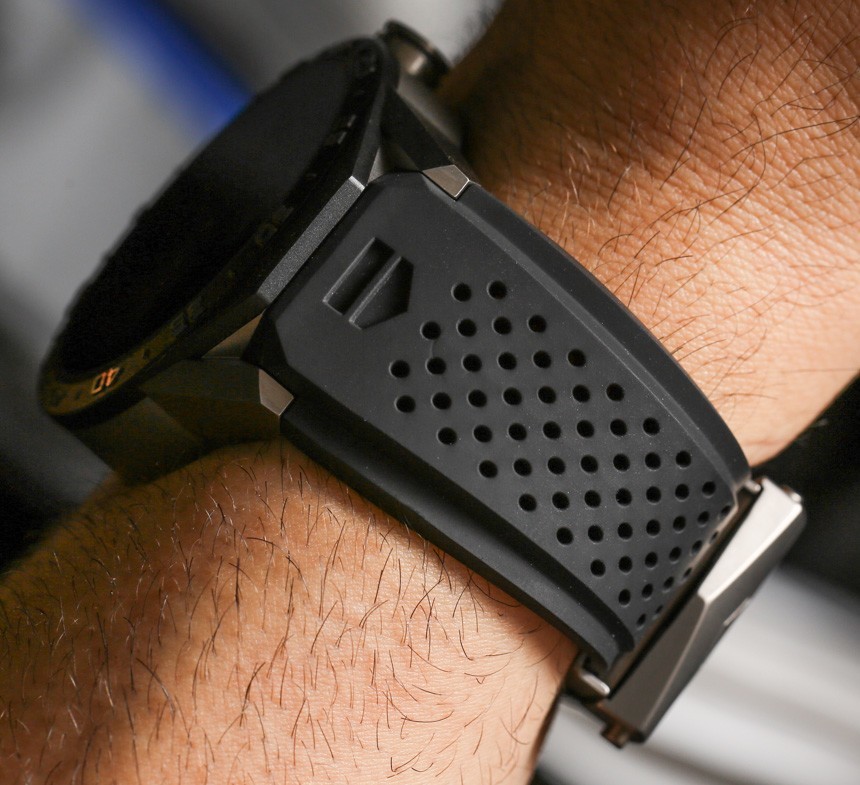
AA: Would you say the upcoming new Connected watch represents a further departure from the experience of wearing a traditional watch? Or do you seek to narrow the gap between smart and traditional watches with this upcoming release?
JCB: I see our latest innovation as a time changer for the watch industry as well as for the smart watch technology. I feel that our particular innovation will influence both the traditional watchmaking art as well as that of sophisticated smart watch technology.
AA: Did TAG Heuer enlist the help of particular new hires or third-party companies when developing the new watch? Or does this product represent the labor of the same team members?
JCB: The new concept, same as most of the latest innovations, comes entirely from the in-house skills and has been 100% developed internally. I am therefore extremely proud of the R&D team, which I now feel is certainly among the best in the industry.
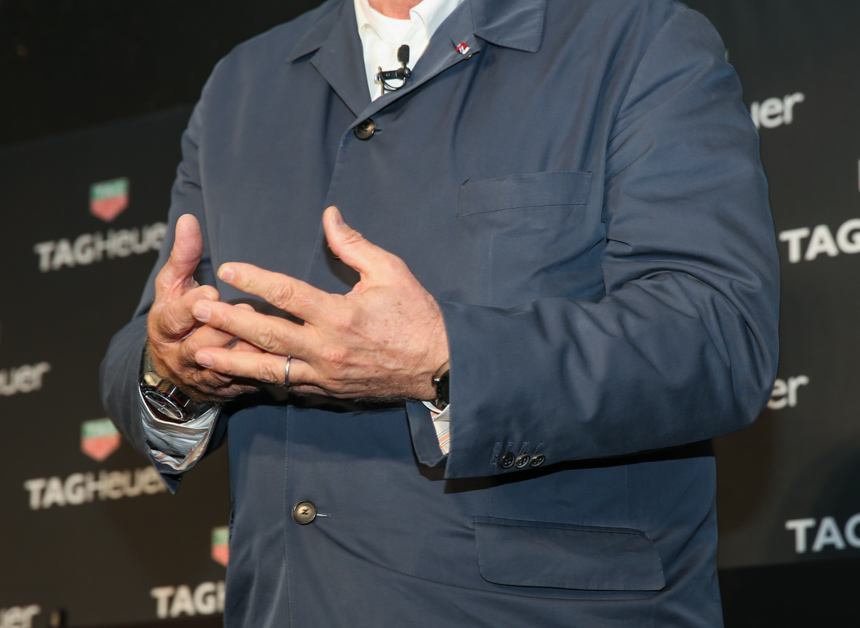
AA: Finally, how do you feel about the role of smartwatches in the future of the traditional watch industry? Many people are deeply concerned that smartwatch popularity will threaten the very existence of the the industry which makes traditional quartz and mechanical timepieces (as a sort of second Quartz Crisis).
Personally, I disagree to an extent and feel that smartwatches will likely have the effect of helping the traditional watch industry to refine and narrow their scope, while ultimately offering the consumer fewer, but better products which present the best possible experience for those who want a high-end traditional timepiece experience. What are your thoughts on how the watch industry will need to respond to more and more consumers wearing smartwatches but still having a very real demand for the values and passion that come with traditional timepieces?
JCB: The smart watch is still in the “stone age,” which clearly means that I see an enormous and bright future for it. The smart watch will certainly dramatically hurt simple and cheap quartz watches, but will in no sense hurt the “art of making watches.” On the contrary, it will enhance the Watchmaking Arts, which produces nothing else than “eternity on your wrist.” In other words, with the Connected Modular you will have on one side “information on your wrist,” and on the other side (or wrist) “eternity on the wrist.” Information and eternity can both live together because they don’t compete, but are rather complementary. A certain number of brands will have to ask themselves what do they want to produce: eternity or information. That is because very few – like TAG Heuer – will have the opportunity to offer both. tagheuer.com

